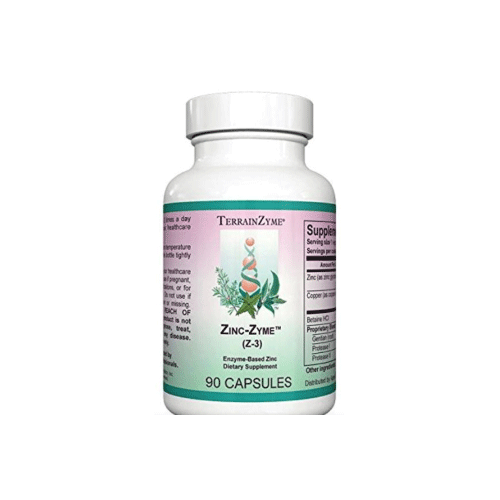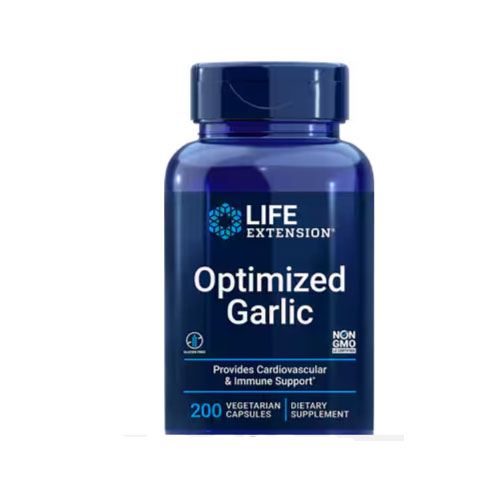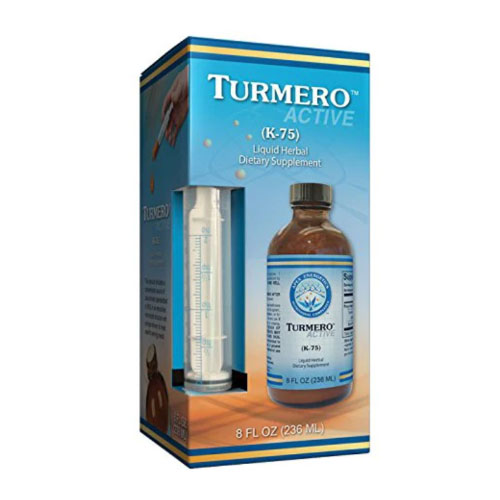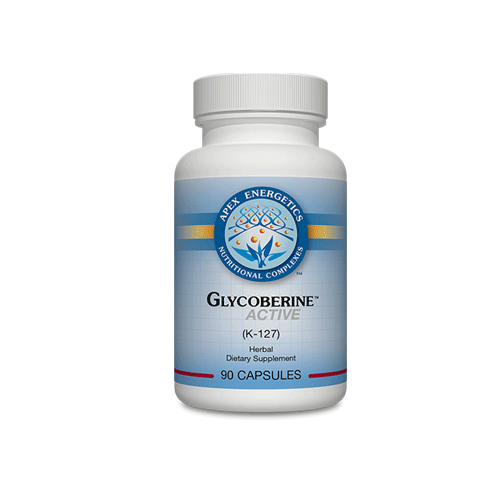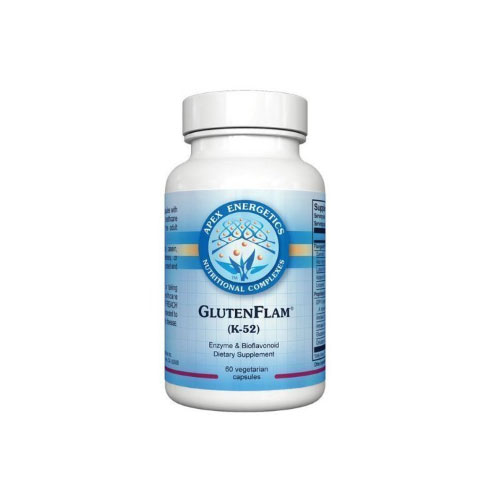
Signs and Symptoms of Low Testosterone
It’s everywhere you look and on every sentient human’s mind over the age of 40. No discussion of maturing men’s well being is complete without acknowledging the role Big T (testosterone) plays in health and illness.
On average, a man’s peak “athletic” year is age 27. Testosterone, the main male sex hormone, produced in the testicles and adrenal gland, after age 35, declines by 1-2 percent per year, resulting in hypogonadism. An estimated 20 percent of men over the age of 50 have abnormally low testosterone levels.
Signs and symptoms of low testosterone include:
- Fatigue and loss of drive and competitive edge.
- Low libido and an inability to maintain an erection.
- Anxiety, depression, irritability, low self-esteem, and nervousness.
- Weight gain, especially around the middle section.
- Thin, drying hair, sagging cheeks, droopy eyelids, and thin lips.
- Cardiovascular aging – increased incidences of heart attacks and strokes.
The restoration of adequate testosterone results in:
- Increased energy and sense of well being (testosterone functions as an antidepressant). 2. Increased sexual interest and sexual performance.
- Increased muscle mass, strength, endurance and exercise tolerance. Decreased body fat.
- Restoration of memory, skin turgor and bone strength.
- A cardioprotective and anti-inflammatory environment.
- Diabetes prevention.
Natural sources of testosterone include:
- Ginseng, nuts, garlic, and caffeine.
- Zinc – 50 mg
- Vitamin D (to levels of 50-80 ng/ml)
- Pandan – a non-prescription Cialis-like remedy.
- Tongkat Ali (Eurycoma longifolia) – a non-prescription, Malaysian remedy to stimulate natural testosterone production.
- Muira Puama – an aphrodisiac effective for impotence.
Testosterone Treatment Options
- Creams and gels – plant-based preferred. Commercial products, associated with increased blood pressure and cholesterol levels, are expensive and act more as drugs than hormones. Plant-based compounded testosterone creams lower blood pressure and reduce cardiac risk.
- Injectables – made in oil. Needles are thicker than those used for vaccines or antibiotics. Inject 1-2 times weekly.
- Pellets – “set and forget,” implanted, time-release appearing bioidentical cylinders. On average, they remain active for 4-6 months.
- Human chorionic gonadotropin (hCG) – injectable, preferred for younger patients interested in maintaining fertility.
- Clomiphene – “o label use” [oral (female) fertility medication used in very low dose to stimulate the testes to produce testosterone].
- Never in pill form – causes liver failure and brain tumors.
When to say no to testosterone:
- Active prostate nodules, indurations or cancer.
- Breast cancer.
- Unstable congestive heart failure.
- Sleep apnea.
- Fertility issues (Testosterone reduces sperm count. HCG or clomiphene are better choices).
Other considerations:
- Strive for a balance of all hormones including estrogen, progesterone, DHEA, insulin, cortisol, thyroid, Vitamin D and testosterone.
- Get adequate sleep.
- Reduce stress, toxin exposure, and inflammation.
- Exercise – both strength and cardiovascular training.
- Follow a Paleolithic, anti-inflammatory diet.
Debunking Testosterone Myths
Myth: Testosterone causes prostate cancer. Fact: There is no evidence that testosterone therapy increases the risk of prostate cancer or benign prostatic hyperplasia (BPH).
Myth: Testosterone is for men only. Fact: Lack of testosterone in women results in poor libido, inability to achieve orgasm, fatigue, weight gain, low self-esteem, muscle wasting, thinning hair and lips, anxiety, dry eyes, a pale, gaunt face, thinning of the inner 1/3 of the eyebrow and lower “good” cholesterol.
Myth: Testosterone masculinizes females. Fact: Testosterone has no masculinizing effect on females.
Myth: Testosterone causes hoarseness and voice changes. Fact: Testosterone does not cause hoarseness or voice changes.
Myth: Testosterone causes breast cancer. Fact: Breast cancer rates are more than double in a low testosterone environment.
Side Effects of Testosterone Therapy
- Increased blood count without concurrent increases in clotting factors. (There is no evidence of increases in heart attacks or strokes from plant-based testosterone.)
- Gynecomastia (“man boobs”): Always measure estrogen levels before treatment and every 3-6 months during treatment. Treat appropriately to keep estradiol < 40.
- Fluid retention.
- Decreased testicle size – antidote is hCG 2-3 times weekly.
- Decreased sperm count – fertility is at risk. Use hCG or clomiphene if procreating is desired.
- Elevated PSA.
In summary, testosterone maintains muscle and bone strength, restores sex drive and libido, improves overall sense of well being, reduces “bad” cholesterol, normalizes insulin function and blood sugar, and exhibits antidepressant properties. Used appropriately and derived from plant-based sources, it truly is one of the main “elixirs of life.”
If you are interested in a more in-depth look at testosterone or anything hormonal, click here. For more information, call our office or email doctrbil9@ gmail.com.
References
- Clearfield, W, “Can Diabetes be Reversed? What is Diabetes, and How Did We Get Here?,” Healthy Beginnings Magazine, February 1, 2017, https://hbmag.wpengine.com/can-diabetes-be-reversed-what-is-diabetes-and-how-did-we-get-here/
- 2010; “Testosterone and the aging male: To treat or not to treat?” Maturitas. 2010 May;66(1):16‐22. Epub 2010 Feb 13
- American Academy of AntiAging Medicine: Hormones; A Primer, Physician’s Guide to Anti-Aging and Regenerative Medicine, 2009; 132
- Bassil, et al, “The benefits of testosterone replacement therapy, a review,” Therapeutics and Clinical Risk Management 2009: 5 427-448.
- Bassil, et , “The benefits of testosterone replacement therapy, a review,” Therapeutics and Clinical Risk Management 2009: 5 427-448.
- Morgentaler A Testosterone therapy and prostate risks: where’s the beef? Can J Urol. 2006 Feb;13 Suppl 1:40‐43
- Morgentaler A Testosterone therapy and prostate risks: where’s the beef? Can J Urol. 2006 Feb;13 Suppl 1:40‐43
- Glaser and Dimitrakakis. Reduced Breast cancer incidence in women treated with subcutaneous testosterone, or testosterone with anastrozole: a prospective, observational study. Maturitas 2013 Dec;76(4): 342-9
Roden, E et al.,” A Medical Progress: Risk of Testosterone replacement therapy and recommendations for monitoring,” NEJM 2004; 350:482-492

